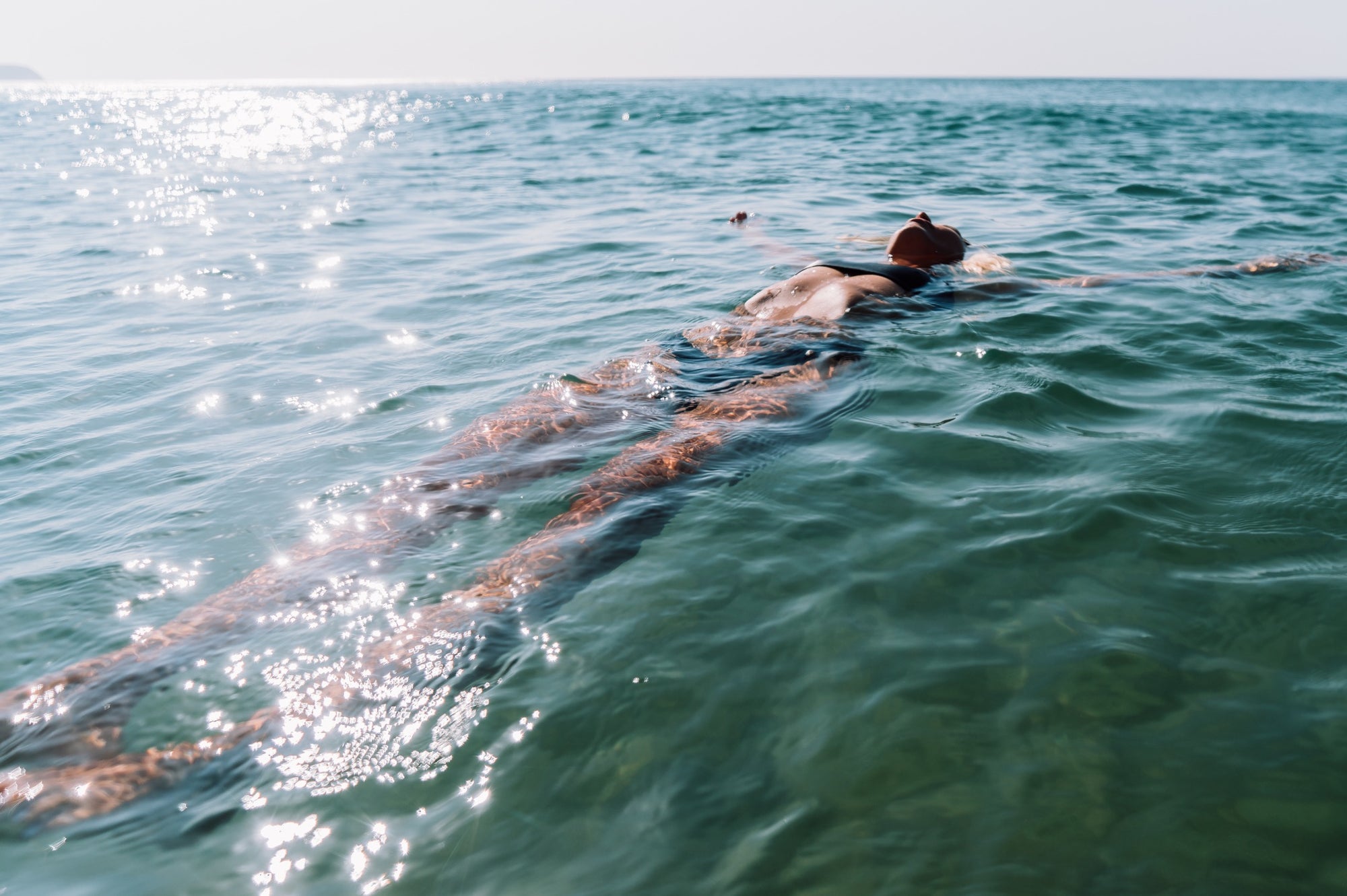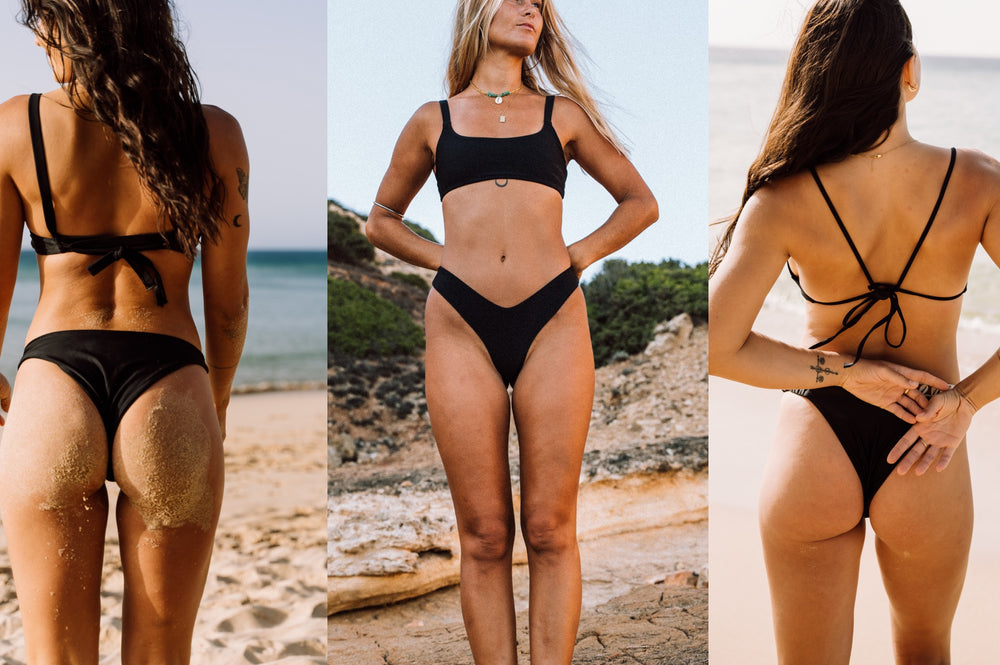
Sustainable bikinis: 5 tips on what to look for when shopping
Why should I buy sustainable bikinis? The growing awareness of our environment and social justice should continue beyond our shopping habits. Cheap clothes are thrown away after two uses, and bikinis are never worn, leading to overproduction and waste. Alternatives such as second-hand clothing, clothing exchanges, clothing swaps, or extended wear are great ways to integrate sustainable fashion and bikinis into everyday life.
But how can you tell if it's a sustainable bikini from a Swiss brand or not? We have put together five tips for buying fair swimwear:
Sustainable bikinis: production & supply chain
Very important: Where are they made? First, the label should indicate where the sustainable bikini was made. This makes it easy to see where the bikini was produced.

Do swimwear brands disclose where and how they produce? Are there pictures of production? Can you see that the factory has been visited? Is it clear that workers are paid a fair wage? It is well known that production costs in Asia are one-third of those in Europe. Also note that recycled fabrics shipped from Europe to China, Bali, India, and back have extremely long transport routes (CO2).
Sustainable bikinis: fabrics & materials
What is the fabric of the sustainable bikini? This is easy to see from the print and must be specified. The best known is the recycled fabric Econyl®, made from regenerated polyamide (industrial waste) blended with spandex to create a high-performance, durable swimwear material. Its global warming impact is 80% less than nylon. However, using spandex is still problematic: When washed, microplastic particles can leach into the water, accumulate in groundwater, or end up in the ocean. Some brands have started using natural textiles—for example, Yulex or hemp. Hemp is a natural, breathable fiber. Growing hemp enriches the soil and uses much less water.
The material also needs to be revealed in the imprint

Sustainable bikinis: Transparency
Transparency is one of the essential criteria for Tias & Olives to be a sustainable bikini brand. Especially as a small brand, this is more challenging as sustainability is costly, but transparent communication is a must. Suppose you can find all the information on the website about the bikini fabrics, the production, the prices (price transparency is also an essential criterion for us), the printing process, the packaging materials, etc. In that case, you can be sure you're buying sustainable bikinis.
Sustainable bikinis: the business model
How often does a bikini brand release new collections? Is jumping on Black Friday, Valentine's Day, etc., sustainable to boost sales? Launching new collections at extremely short intervals can encourage overproduction and a disposable mentality. Are sustainable/recycled fabrics used on individual bikinis throughout the collection? Just remember - fabrics that are super trendy are unfortunately not sustainable and should be avoided as an ethical brand. Another criterion for a sustainable bikini brand - is the brand committed to social or environmental causes?"Sustainability requires action, not just words.
Sustainable bikinis: timeless design
Another criterion for buying a sustainable bikini is design. Buy a bikini that will last more than one season: is it a timeless design, a color only "in" one summer, or timeless? Look for durable, timeless pieces and avoid flimsy fabrics that lose their shape quickly. In addition to the swimwear brand, you can make a difference by shopping consciously.
We want to help you buy sustainable bikinis so that you can quickly recognize whether they're sustainable. Additional impact you can have by repair and recycle the bikinis and wash them by hand, as machine washing releases microplastics.
Xoxo Sibylle & Carmen








